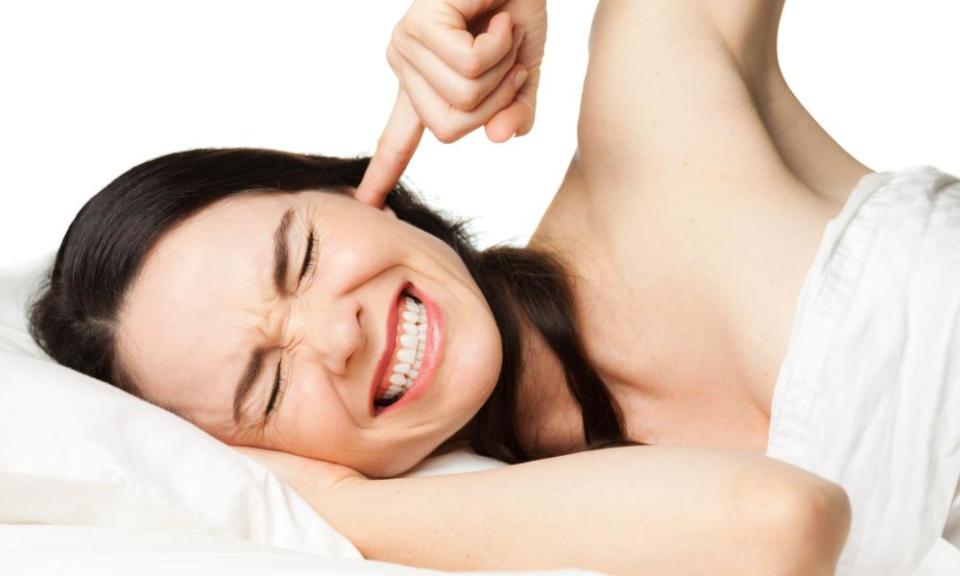White noise as sleep aid may do more harm than good, say scientists

Whether it is nature sounds, the whine of a hairdryer or the incessant hum of a ceiling fan, white noise apps have been downloaded by millions of people around the world in the hope of getting a better night’s sleep. However, research suggests there is no good evidence that they work, and may even be making things worse.
True white noise is the hissy fizzing sound of all the frequencies that humans can hear being fired off randomly and at the same intensity. In recent years, numerous apps and devices have been developed that use it – or other “relaxing” sounds such as the hum of a fan or crashing waves – to help people fall asleep.
They have been hugely successful – the Bedtime Fan app, available on Apple devices, has had more than 3m downloads, while the Android White Noise Generator has more than 1m. One theory is that they help to drown out other bothersome sounds such as street noise; another is that listening to the same sound each night may trigger a kind of Pavlovian response, where people learn to associate it with falling asleep. But does it actually work?
Mathias Basner, a professor of psychiatry at the University of Pennsylvania School of Medicine in Philadelphia, and colleagues systematically reviewed the scientific literature and identified 38 studies that have investigated noise as a sleep aid. Although there was some evidence that continuous noise reduced the amount of time it took individuals to fall asleep, the quality of the evidence was extremely poor, and at least one study suggested the noise may lead to more disrupted sleep.
“If these apps or devices could only do good things, I wouldn’t really care. But because there may be negative consequences, I would just be careful,” said Basner, whose research has been published in the journal Sleep Medicine Reviews. “I wouldn’t broadly recommend them, because there is no evidence that they are actually working.”
He is also concerned about the potential ill-effects of not allowing the auditory system to switch off overnight, although this also has not yet been tested. “Whenever we’re exposed to sounds and noise, the inner ear is translating that into nerve signals that are then interpreted by the brain,” he said. “It is an active process, which generates metabolites, some of which have been shown to be harmful to the inner ear. You probably want to have a period where the auditory system can wind down, regenerate and prepare for the next wake period.”
Colin Espie, a professor of sleep medicine at the University of Oxford, agrees the research quality of studies on continuous noise and sleep is poor. “Even the idea is a very limited one conceptually,” he said. “The main concern to overcome in poor sleep is the busy or racing mind. People can’t switch off mentally. White noise is just like any other monotonous stimulation, which has been tried many times in many ways over decades, and the evidence [for it working] is poor.”
Prof Christian Cajochen, who heads the Centre for Chronobiology at the University of Basel in Switzerland, said: “I think the better [forms of] continuous white noise mask highly intermittent background noise, which is why it is recommended for nightshift workers who often need to sleep during the day in a ‘noisy’ environment. There I can see a benefit, but not when sleeping in a relatively quiet environment. Any acoustic stimulus being continuous or not has the potential to interrupt the sleep process.”
He added: “I would rather recommend mindfulness apps like Sleepio, since they are based on good evidence coming from research in sleep medicine, particularly cognitive behavioural therapy for insomnia.”

